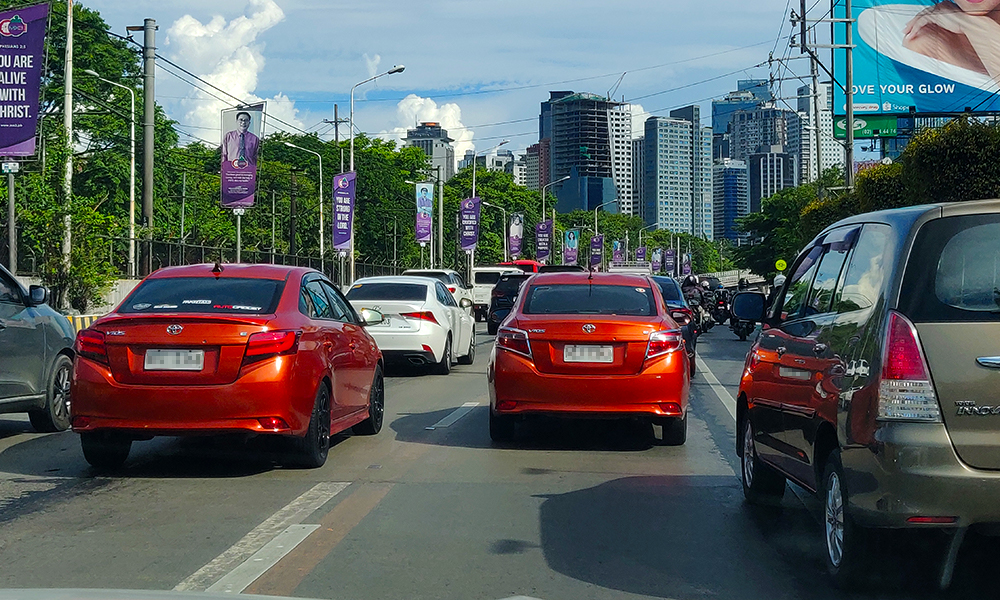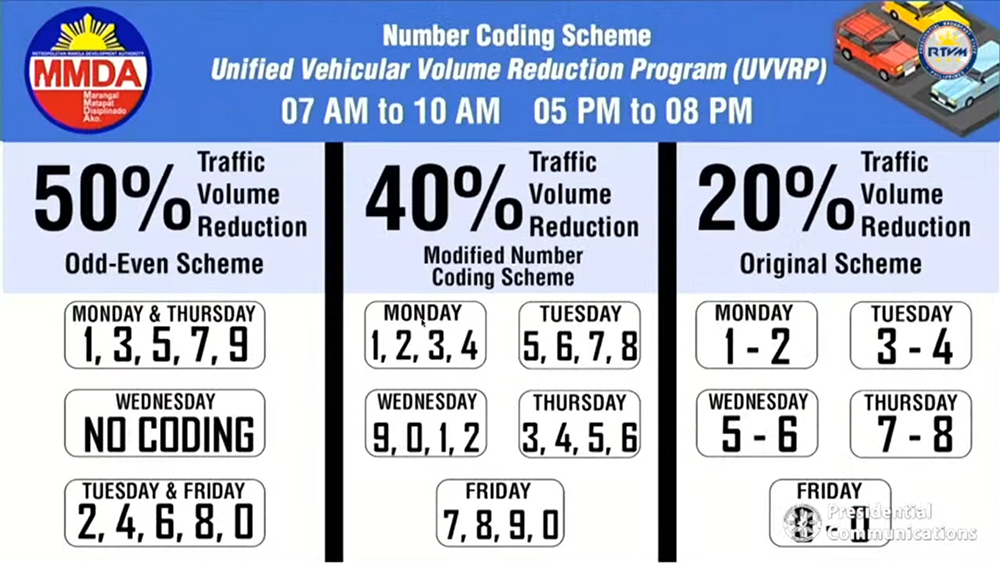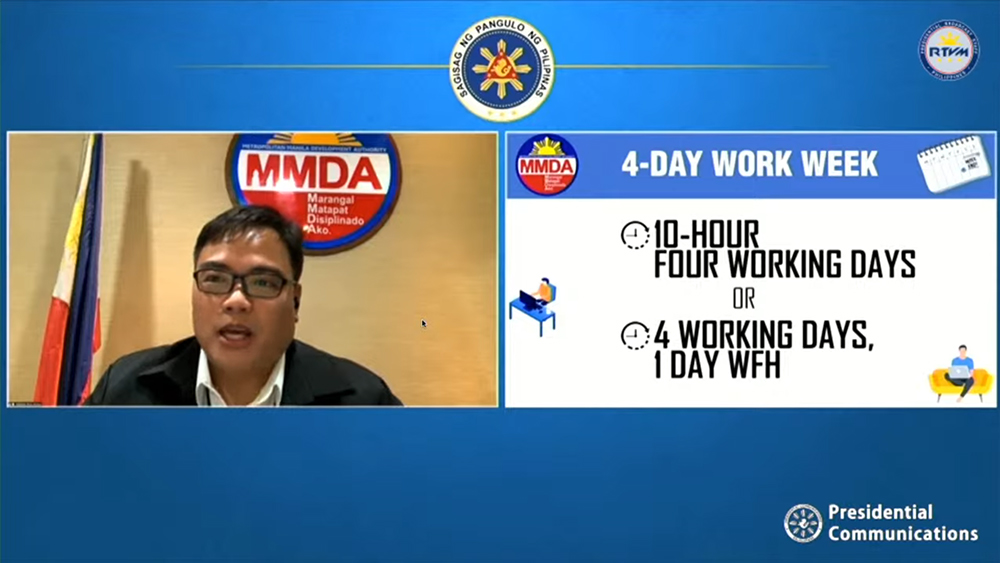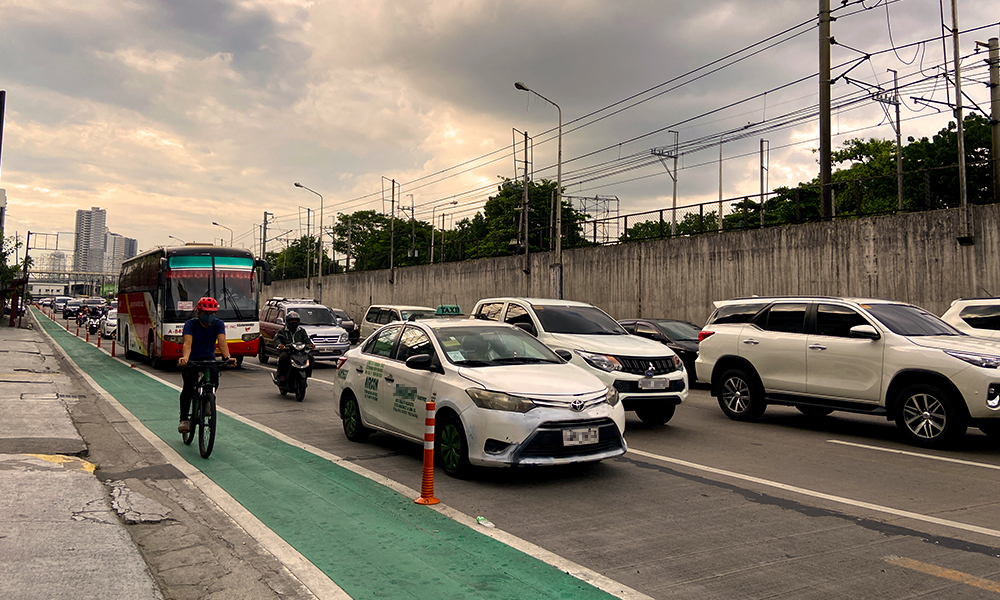
With the resumption of onsite work, face-to-face classes, and the other aspects of life we would deem normal as the pandemic is waning away, Metro Manila’s perennial traffic problem is slowly rearing its ugly head again. With Metro Manila at IATF’s Alert Level 1 for a while now, traffic volume is slowly building up, a far cry from the traffic-free streets we were enjoying for the bulk of last year.
In the regular Presidential Talk To The People aired last March 29, MMDA chairman Atty. Romando Artes disclosed several proposals to augment the existing Unified Vehicular Volume Reduction Program, or more colloquially known as number-coding.

In its current form, the UVVRP promises a 20% reduction in vehicular volume by banning the use of vehicles ending in two digits per day (1 and 2 on Monday, 3 and 4 on Tuesday, and so forth).
A modified version of this promises a 40% reduction in traffic by banning vehicles ending in four digits per day: 1, 2, 3 and 4 on Monday; 5, 6, 7 and 8 on Tuesday; 9, 0, 1 and 2 on Wednesday; and so on and so forth.
Yet another version is proposed that promises to cut traffic in half, with plates ending in odd numbers banned on Mondays and Thursdays, and even-numbered plates banned on Tuesdays and Fridays. Wednesdays, already known for the traffic that Baclaran Day generates, is a free-for-all with no number-coding implemented.

A “Daylight Saving Time” measure (which is, weirdly enough, different from the Daylight Savings Time that residents of temperate and arctic climates are more familiar with) is also proposed, shifting work hours of government offices earlier.

Yet another proposal is transitioning to either a four-day, 10-hour workweek, or a four-day onsite/one-day work-from-home arrangement. This isn’t a new idea—the National Economic Development Authority has pitched this earlier in the month, albeit as a way for the country to conserve energy resources instead of reducing traffic.
While the idea of a shortened workweek or the normalization of working from home seemed far too radical just a few years ago, it seems rather plausible with the times we currently live in. Some experts question the effectiveness of number-coding in the first place, and perhaps MMDA should look into the reasons why folks see the need to purchase private vehicles in the first place. All these proposals come with the express intent of reducing the amount of vehicles traversing Metro Manila each day, with MMDA claiming that 60-70% of the 300,000 new vehicles purchased in 2021 pass through NCR.



0 Comments